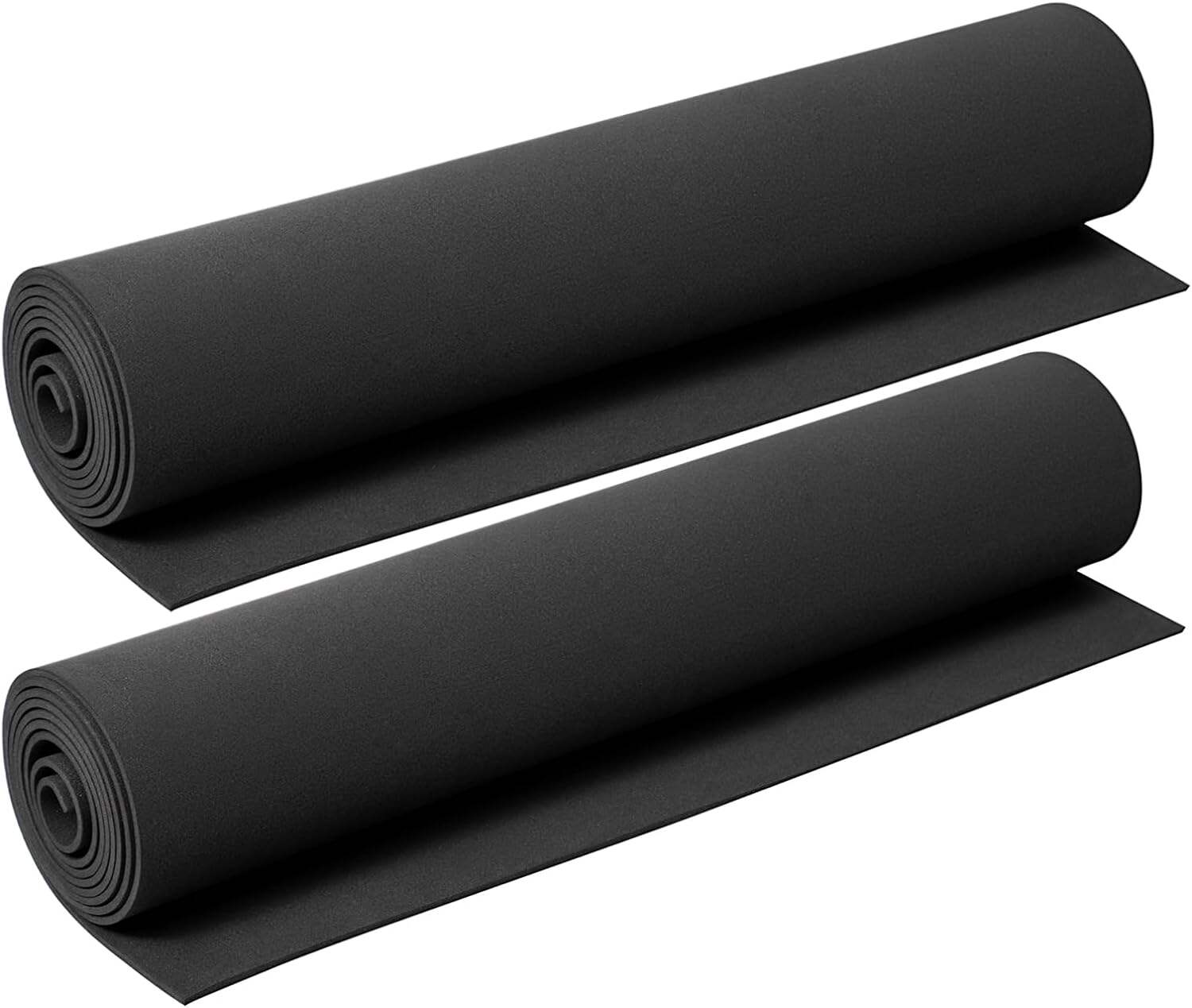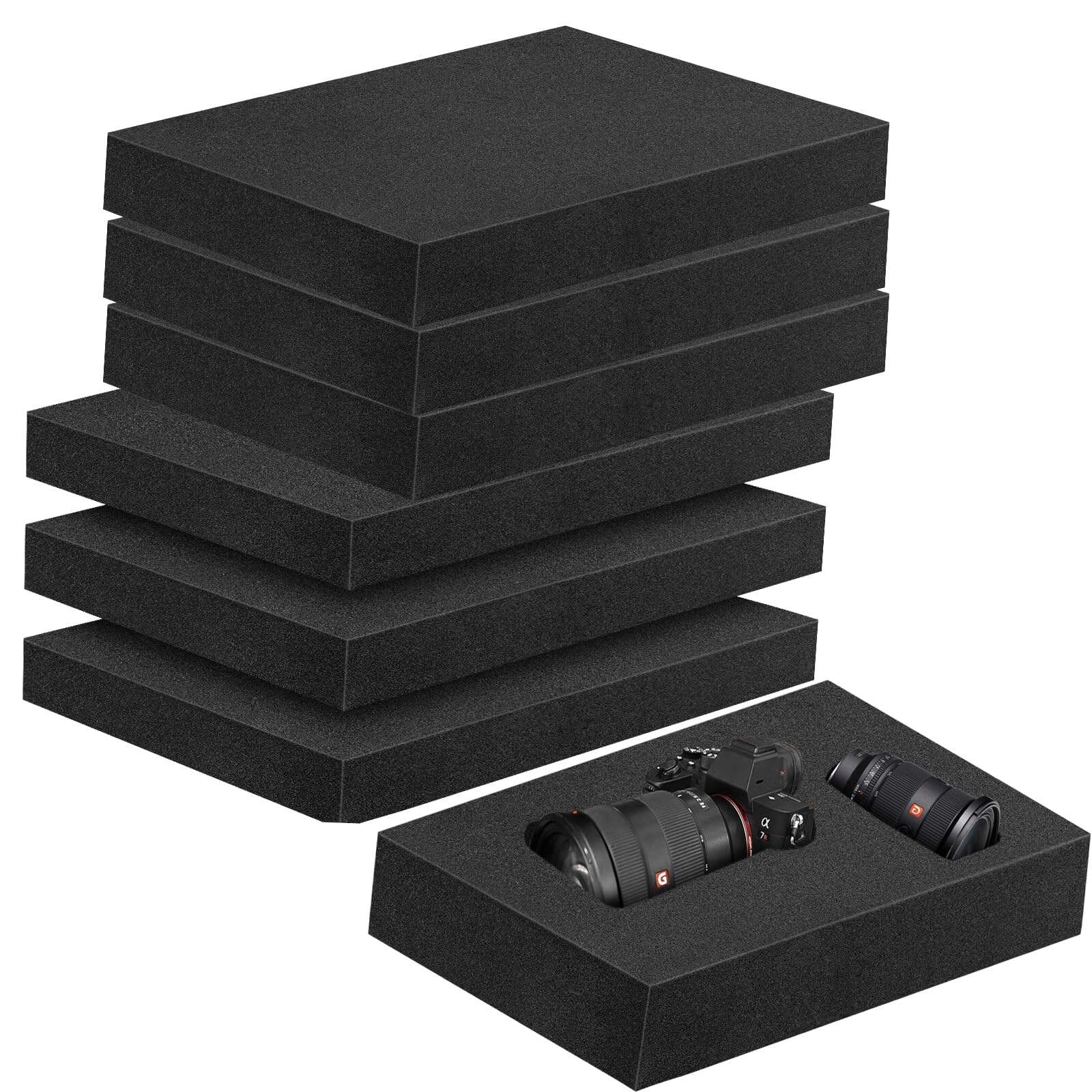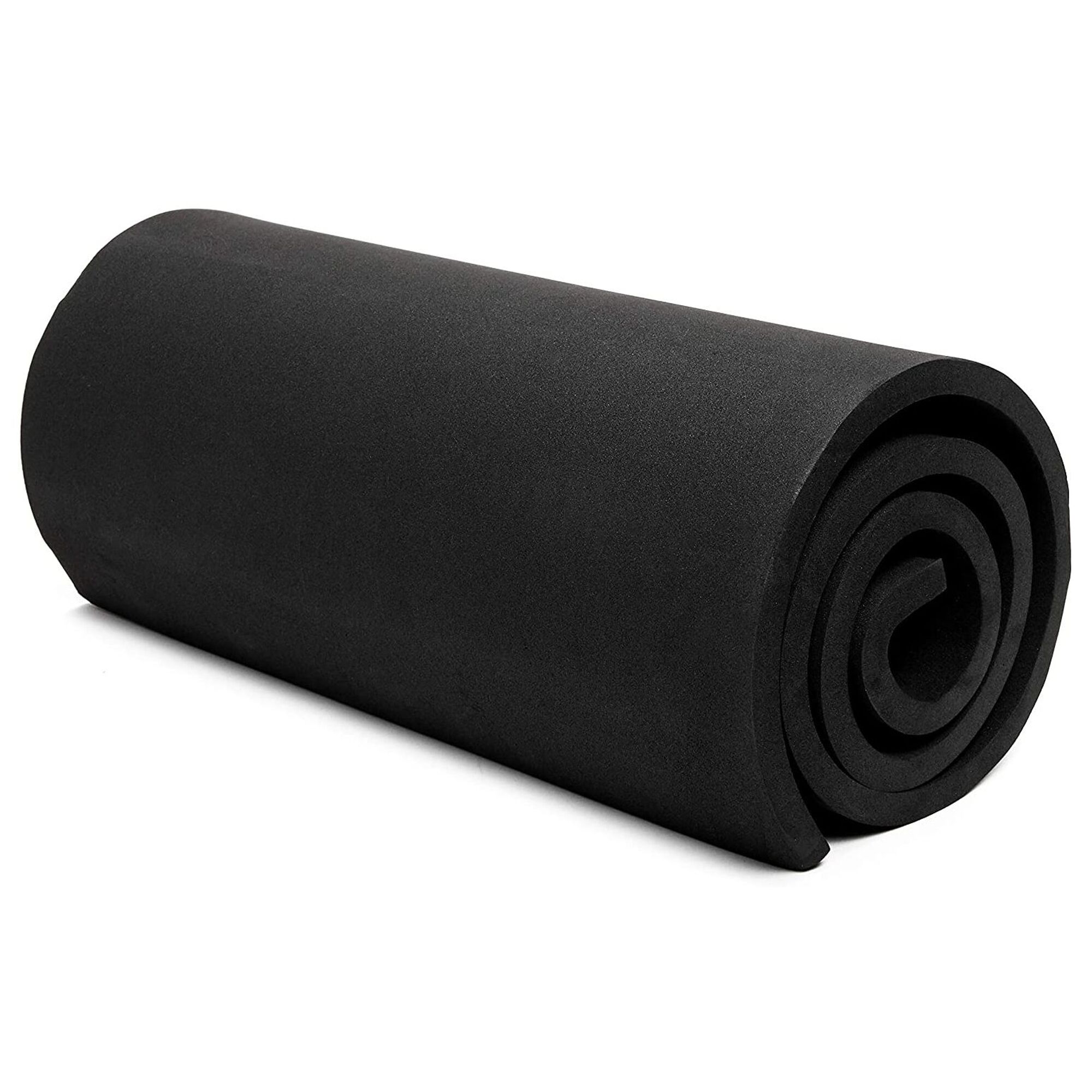Floor 2, No.70, Licheng Road, Pudong District, Shanghai +86-21 31131775 [email protected]
Conductive foam – a special type of material which can conduct electricity. It seems like plain old foam, with tiny particles in it that help electricity get from one side to the other. That means it is extremely useful in electronics, where it can both help shield devices and make them work more efficiently.
Conductive foam is formed by blending regular foam and conductive particles. Such particles are frequently constructed from materials like carbon or metal. When these particles are blended with the foam, they form a pathway for electricity to flow through. This is what allows the foam to conduct electricity, meaning that it can help protect electronics from damage associated with static electricity or other electrical charges.
Conductive foam has a diverse range of uses in electronics. One way in which it is widely used is in the protection of electronic parts that are sensitive to static electricity. When gadgets chafe against other materials, static can accumulate. This static will short out the inside components in the device. Anti-static foam acts as a sponge to soak up this static electricity, preventing it from coming into contact with sensitive components, therefore keeping your device safe.

Electronic devices can malfunction as a result of electromagnetic interference, or EMI. Conductive foam is also commonly employed to at least partly shield electronic devices from EMI. The conductive particles in the foam are capable of absorbing and dispersing the EM waves, so as to avoid the influence on the device. This can help to ensure electronic devices function as intended and are not disturbed by outside signals.

Conductive foam can also enhance the safety of electronic equipment. It can also protect devices from malfunctions and damages of ESD, by absorbing the static electricity and over the EMI with the foam. This can help increase the device's life and makes it work properly for longer. It additionally has the potential to reduce the possibility of electrical shock, or fire in electronic equipment, by using conductive foam, which makes the devices safer in use.

Conductive foam, like this, has plenty of applications beyond this, it’s also being used with to aid in heat transfer for electronics. Electronic devices heat up as they operate. Excessive heat can also fry the components within a device and make them no longer function. The heat can 10 be absorbed and dissipated by conductive foam to keep the device cool and avoid damage. This may ultimately lead to more efficient and robust electronic devices.